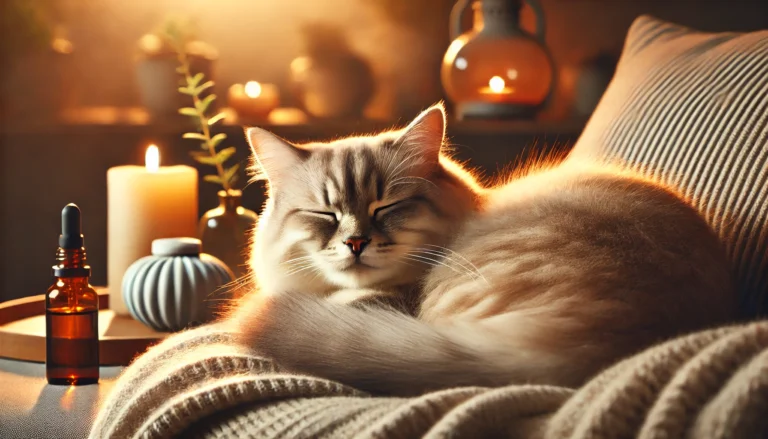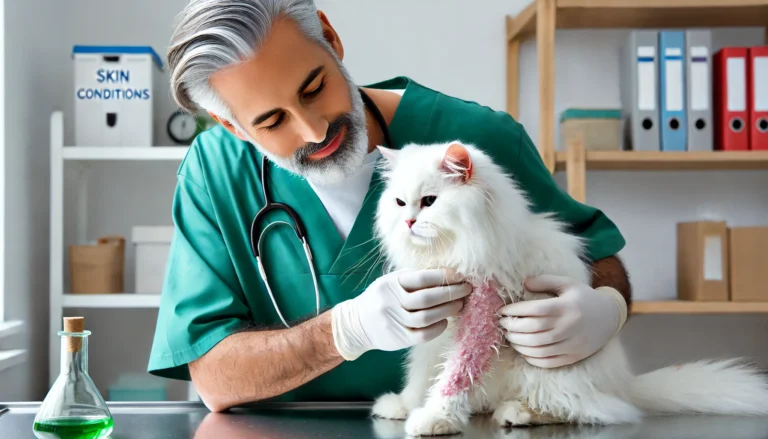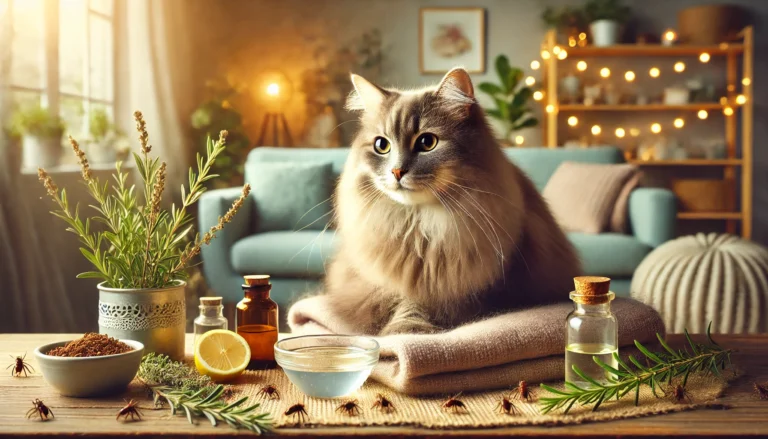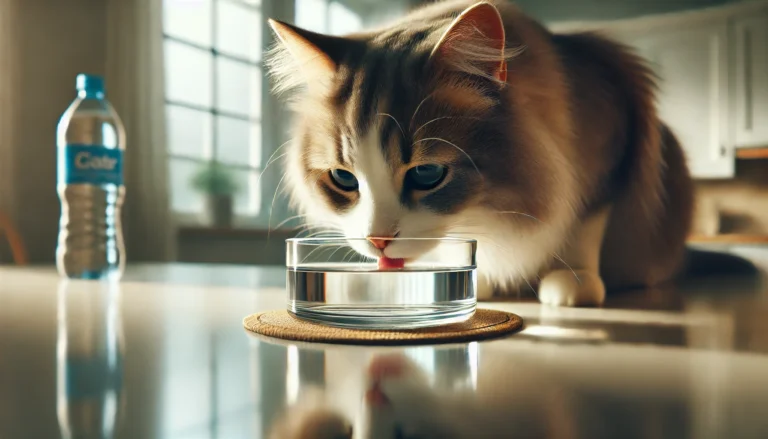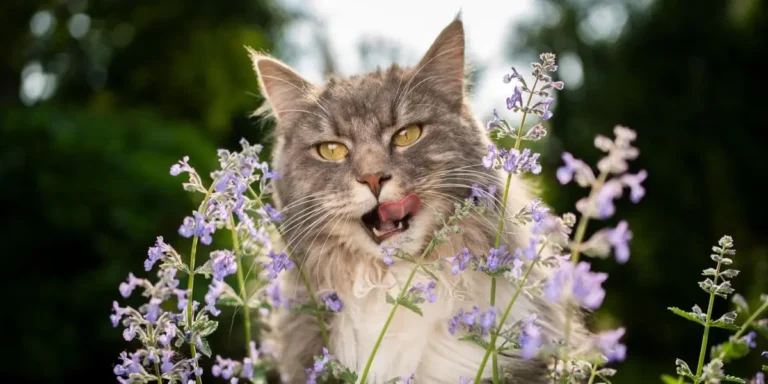Polydactyl Cats: What To Know About Cats With ‘Thumbs’
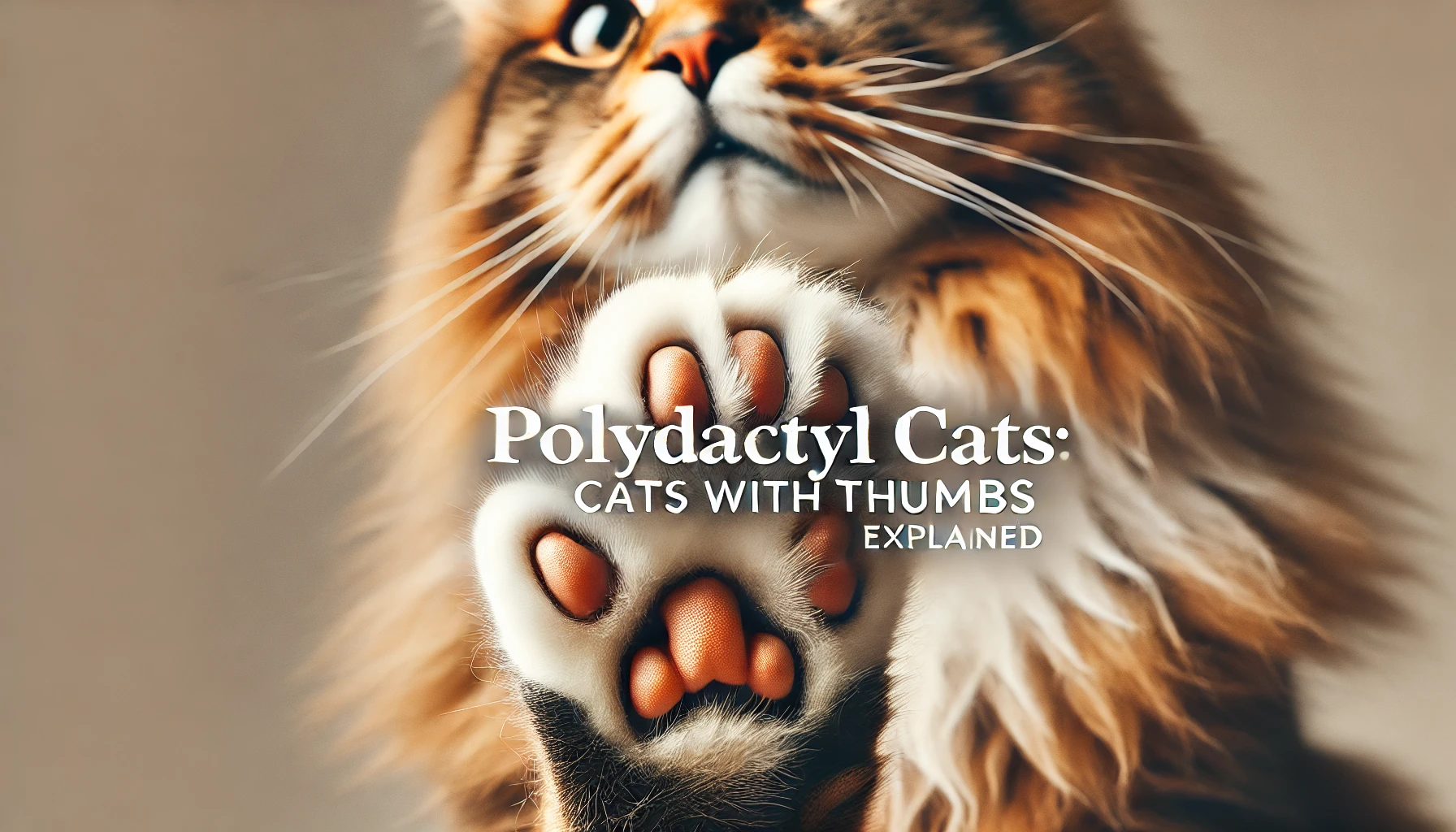
Polydactyl cats, also known as “Hemingway cats” or cats with ‘thumbs,’ possess a charming and unique characteristic: extra toes. These multi-toed wonders are not only adorable but also carry a fascinating genetic trait that has captured the interest of cat enthusiasts and pet owners worldwide. Let’s explore what makes polydactyl cats so special, from their historical significance to the care they require.
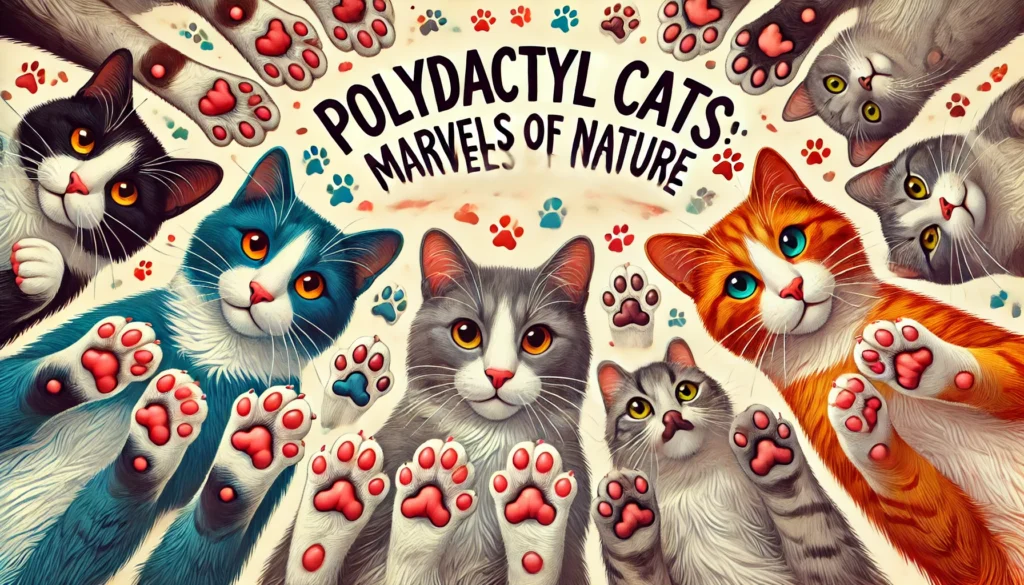
Genetic Marvel: Understanding Polydactylism
The phenomenon of polydactylism—having more than the usual number of toes on one or more feet—is a genetic mutation. Cats typically have 18 toes, but polydactyl cats can have one or more extra toes on their paws. This condition is most prevalent in certain cat breeds like the Maine Coon; in fact, one of the original Maine Coon breed standards allowed for extra toes.
Polydactyl cats can have as many as seven toes on each paw, including the ‘thumbs,’ which make them look as if they’re wearing little mittens. This extra digit is usually found on the front paws and occasionally on the back paws. Often referred to as ‘mitten paws’ or ‘double paws,’ these extra toes can sometimes give the cat better grip and handling abilities, although they do not have true opposable thumbs.
Historical and Cultural Significance
The lore of polydactyl cats is rich and varied. Historically, they were considered good luck by sailors, who valued the cats for their superior climbing skills and hunting prowess, which were thought to be enhanced by their extra toes. Ernest Hemingway was known for his love of polydactyl cats after receiving a white six-toed cat from a ship’s captain. His home in Key West, Florida, is now a museum and sanctuary to nearly fifty descendants of his original cats, many of whom are polydactyl.
Health and Care Considerations
While adorable, the extra toes in polydactyl cats require special care. The primary concern is nail care, as extra toes can mean extra nails, which are prone to ingrown or overgrown nails if not regularly trimmed. It’s important for polydactyl cat owners to regularly check and maintain their cat’s paws to prevent discomfort or infection.
Fortunately, polydactylism does not typically lead to health issues. However, it’s important to note that the trait can be associated with genetic disorders in some cases. A responsible breeder or veterinarian can help identify any potential health concerns early on.
Adopting and Living with a Polydactyl Cat
For those interested in adopting a polydactyl cat, it’s worth noting that these cats can be found both in reputable breeding environments as well as in shelters. Polydactyl cats for adoption might come with a story of their own, and giving a home to a shelter cat can be a fulfilling experience.
Living with a polydactyl cat doesn’t differ much from living with any other cat, although their paws may require extra attention. They are playful, curious, and just as affectionate as any other cat. Their paws might make them particularly adept at catching toys or small objects, adding an extra bit of fun to playtime.
do you know
Onions, along with other members of the Allium family such as garlic, shallots, leeks, and chives, are toxic to dogs. This is due to a compound called N-propyl disulfide, which can cause a dangerous form of anemia in dogs known as hemolytic anemia.
Conservation and Ethical Breeding
While polydactyl cats are often bred for their unique trait, potential owners should seek out breeders who prioritize the health and well-being of their cats over the aesthetic appeal of extra toes. Ethical considerations should guide the breeding practices to avoid perpetuating any possible associated health issues.
Conclusion
Polydactyl cats are more than just a curiosity; they are a delightful anomaly in the feline world. With their unique paws and historical significance, these cats offer a special kind of companionship. Whether you’re drawn to their extraordinary physical traits or their intriguing history, polydactyl cats have a way of capturing hearts with their extra-toed charm.

